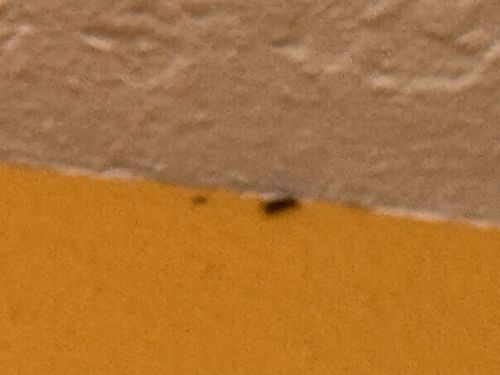Fungus Gnat
Scientific Name: Sciaridae or Mycetophilidae (Family)
Order & Family: Order: Diptera, Families: Sciaridae or Mycetophilidae
Size: 2-8 mm (adults)

Natural Habitat
Damp, organic-rich environments, often near potted plants, decaying leaves, or moist soil; indoors, they are associated with overwatered houseplants.
Diet & Feeding
Larvae feed on fungi, decaying organic matter, and plant roots; adults do not feed much, if at all, or consume liquids.
Behavior Patterns
Adults are often seen flying or crawling near potted plants and windows. They are attracted to light and moisture. Females lay eggs in moist soil, and larvae develop in the soil, feeding on organic material and roots. The life cycle from egg to adult is typically 3-4 weeks.
Risks & Benefits
Potential risks: Larvae can damage plant roots, especially in seedlings and young plants, leading to wilting, stunted growth, or death. They are a nuisance indoors. Benefits: As decomposers, they help break down organic matter in ecosystems.
Identified on: 9/21/2025